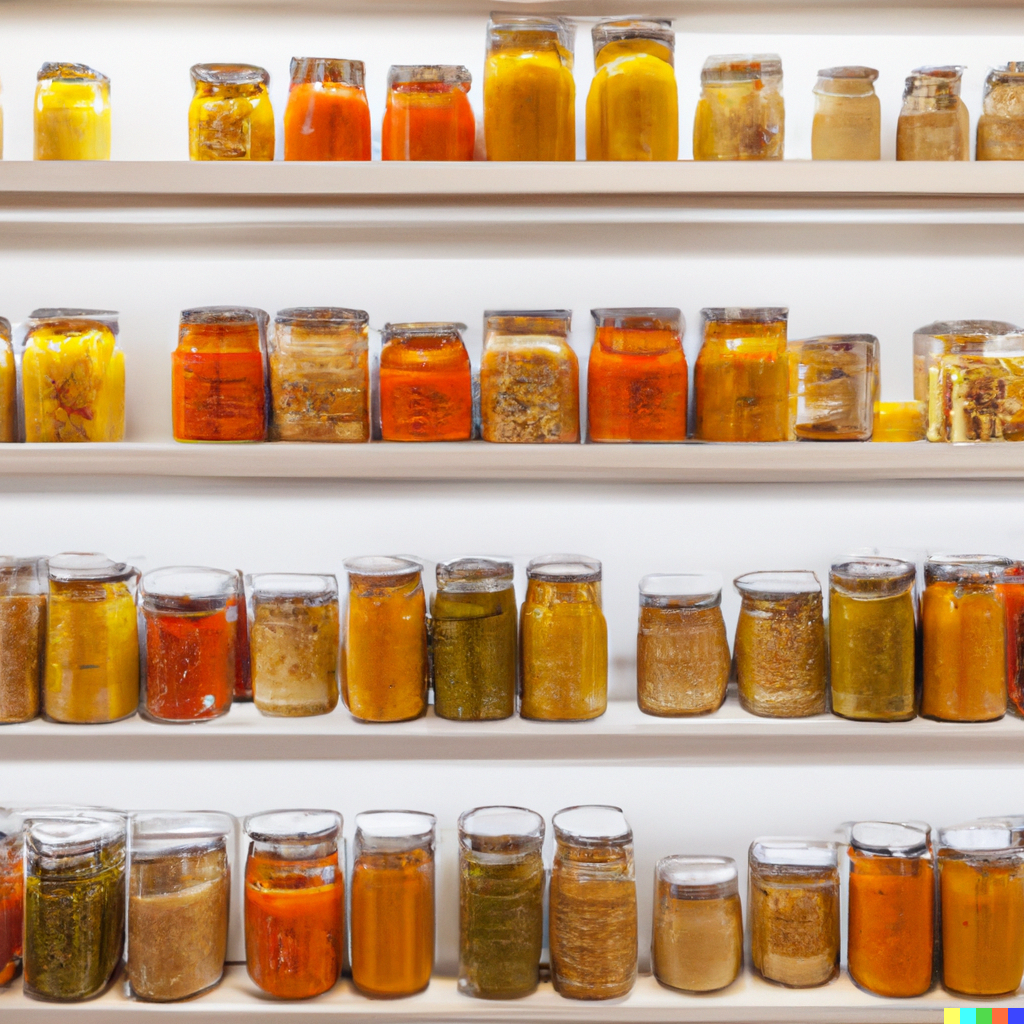The Ultimate Guide to Keep Crab Fresh and Safe
Crab is a delicacy enjoyed in various dishes, from crab cakes to seafood boils. However, crab meat is highly perishable and requires careful handling to maintain its flavor and safety. Knowing how long crab lasts—and the best ways to store it—ensures you savor every bite while preventing spoilage.
Shelf Life of Crab
At Room Temperature (Raw or Cooked):
- Raw Crab (whole or parts): 1-2 hours (discard if left out longer)
- Cooked Crab: 2 hours (1 hour if above 90°F/32°C)
In the Refrigerator:
- Live Crab: 12-24 hours (keep moist and cool)
- Raw Crab (uncooked, shelled): 1-2 days
- Cooked Crab (in shell or meat): 3-5 days
- Pasteurized Crab (unopened): 6 months (check packaging for details)
- Pasteurized Crab (opened): 3-4 days
In the Freezer:
- Raw Crab (whole or parts): 6-8 months
- Cooked Crab (shelled or meat): 2-3 months
- Soft-Shell Crab: 6-8 months
Best Practices for Storing Crab
- Refrigerate Live Crabs Immediately – Place live crabs in a ventilated container, cover them with a damp cloth, and keep them cool until cooking. Do not submerge live crabs in water.
- Freeze for Long-Term Storage – Clean and cook crabs before freezing. Store crab meat in vacuum-sealed bags or freezer-safe containers to prevent freezer burn.
- Use Airtight Containers – Store cooked crab in airtight containers to preserve moisture and freshness.
- Keep Crabs Cold – Raw or cooked crab should be stored at 32°F to 38°F (0°C to 3°C). For live crabs, keep them cold but not freezing.
- Label and Date – Mark containers with the freezing date to ensure crabs are consumed within the recommended time.
- Thaw Properly – Thaw frozen crab overnight in the refrigerator or under cold water. Avoid thawing at room temperature.
Signs Crab Is Going Bad
- Slimy or Sticky Texture – Crab that feels slimy or sticky is a sign of spoilage.
- Ammonia-Like Smell – Fresh crab has a mild, briny scent. A strong ammonia or sour smell indicates the crab is no longer safe to eat.
- Discoloration – Cooked crab should be bright white with red or orange shells. Black, gray, or green patches signal spoilage.
- Shell Separation – Crab meat that pulls away from the shell too easily may be past its prime.
How to Use Crab Before It Spoils
- Crab Cakes with Lemon Aioli
- Crab and Corn Chowder
- Garlic Butter Crab Legs
- Crab Pasta with Cream Sauce
- Stuffed Crab Shells
By properly storing crab, you can extend its shelf life, reduce waste, and enjoy safe, flavorful seafood. Whether steaming fresh crabs or freezing leftovers, these tips will help keep your crab meat fresh and delicious.
